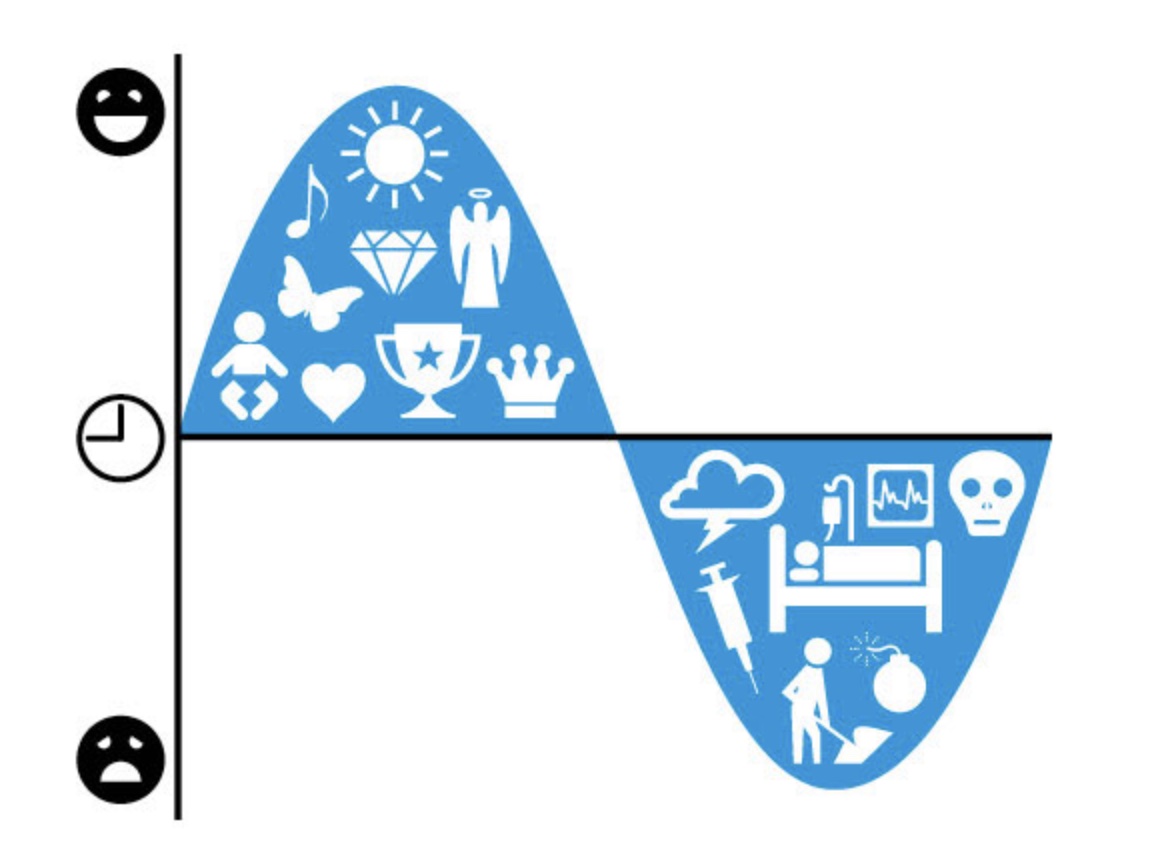Computationally Modelling The Shape of Stories: A Research Program
I’ll be giving a keynote address to the 4th Workshop on Narrative Understanding at this year‘s NAACL conference. I’m pasting in the abstract below. The motivation behind the talk is that there has been a lot of interesting work over the years exploring how to create computational models of narrative form (i.e. the shape of stories). By narrative form I mean a shape of a story that is independent of the particular events recounted.
The example I use in my talk is Augustine’s Confessions, where he emphasizes the idea of narrative conversion, i.e. a story with a strong before and after, which is clearly observable in the way the language of the Confessions is structured. But there are many more examples one could invoke (decline, salvation, circularity, transformation, etc).
My goal with this talk is to give this work some order and theoretical coherence and provide a framework for folks in NLP to move forward with models. It will take some time which is why I call it a research program. Once we have coherent and consistent models of narrative form we can then move to figure out their real-world effects, whether in the world of medicine, finance, politics or the culture industry. When we tell stories of “decline” or “return” (to name two examples) what effect do these have and in which domains?
Come join me if you’re registered for NAACL!
Abstract
How we tell stories is a core aspect of any story’s meaning. Whether it is a tale of epiphany (St. Augustine’s Confessions), decline (Gibbon’s Decline and Fall of the Roman Empire), or salvation (The New Testament), human stories assume shapes that transcend the meaning of the individual events contained within them. Recent work in computational narrative understanding (or computational narratology) has developed a variety of approaches to measure the shape of stories, what we could more technically call “narrative form.” In this talk, I will showcase prominent recent examples — and challenges — for the computational modeling of narrative form. The goal of the talk is to outline a coherent theoretical and methodological framework for future work that aims at understanding the functions and effects of story shape in a variety of different social contexts.

